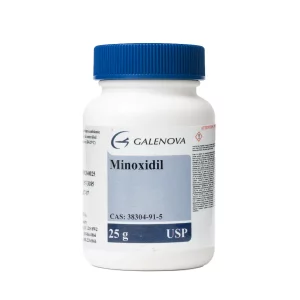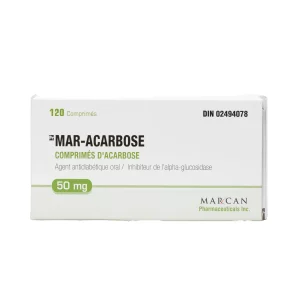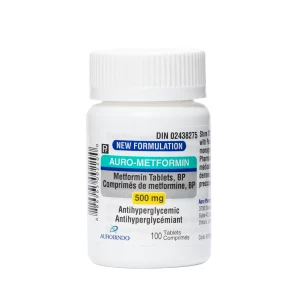Your cart is empty.
Your cart is empty.
Contrave is a prescription medication used to support weight loss and encourage long-term behavioral changes. It combines two ingredients, bupropion and naltrexone, which may influence how the brain processes reward signals linked to food. As a result, Contrave may help reduce emotional eating and overeating caused by habit or impulse. Understanding the relationship between Contrave and food addiction can provide clarity for people trying to regain control of their eating behaviors.
This article explores how Contrave, with the right expert-approved plan, may help rewire the brain’s reward circuits to reduce cravings and break the cycle of addictive eating. We’ll also look at how it compares to similar medications like Contrave vs Semaglutide, and how it impacts the Contrave and brain reward center. If you’re interested in health-focused treatments that support habit change and long-term wellness, Contrave may be part of a bigger solution.
Food addiction is a behavioral condition where a person feels unable to stop eating certain foods, even when they’re not hungry or want to stop. This pattern often includes cravings, compulsive eating, and a loss of control, especially around foods high in sugar, salt, or fat.
People with food addiction may:
These behaviors mirror addiction-like responses seen with substances. For example, the brain may release dopamine (a “feel-good” chemical) in response to certain foods, creating a cycle of craving and reward. Emotional eating, where someone uses food to cope with stress or sadness, often overlaps with food addiction.
Over time, these patterns can form habit loops that are hard to break. Triggers like stress, boredom, or social settings may make it even more difficult. Food addiction isn’t just about willpower. It involves both emotional responses and brain chemistry. That’s why many turn to treatment approaches that address the brain’s role in eating behavior and reward-seeking actions.
Contrave combines two medications: bupropion and naltrexone. These drugs work together to influence parts of the brain that regulate hunger, reward, and cravings. Bupropion affects dopamine and norepinephrine. These brain chemicals are involved in energy, motivation, and focus. They also play a key role in cravings and impulse control.
Naltrexone helps reduce how much pleasure the brain gets from certain behaviors. This includes the enjoyment of highly rewarding foods. It targets the brain’s reward center and helps decrease the desire for emotionally driven eating. Together, this combination supports reduced cravings, better eating control, and a lower risk of relapse into compulsive habits.

Contrave was designed to support weight loss, but its effects go beyond physical hunger. By working on the brain’s reward pathways, it may help those who eat for emotional or addictive reasons.
When someone experiences a craving, the brain lights up in areas related to pleasure and habit. Contrave targets these brain regions, lowering the desire to act on cravings and reducing emotional food impulses.
Over time, this change may help patients form new habits and respond differently to common food triggers. Instead of reaching for comfort food in times of stress, people may find it easier to pause and make more intentional choices. Contrave is not a quick fix, but it can be an important tool. It works best when part of a broader approach to breaking unhealthy eating patterns.
Contrave supports change, but success depends on how it’s used. Pairing medication with healthy routines and emotional support creates stronger results.
Some strategies that work well with Contrave include:
Many people also benefit from therapy, coaching, or accountability groups. These resources help build awareness and reinforce new patterns. Overcoming food addiction is a journey. Medications like Contrave help clear the path, but it’s daily effort and support that make the difference.

Contrave may help individuals who:
It’s especially suited to those open to habit change and consistent effort. Contrave is taken in pill form and may fit easily into most daily routines. People looking for long-term tools, not quick fixes, may benefit most.
That said, a healthcare provider must evaluate each case. This ensures the approach fits the person’s needs and lifestyle.
Contrave targets brain centers related to reward and cravings, helping reduce the cycle of addictive food behavior.
It helps reduce cravings but doesn’t eliminate them; it works best when paired with healthy eating habits.
Contrave is FDA-approved for weight management, but its mechanism supports behaviors often linked to food addiction.
Some people notice changes in the first few weeks, while for others, it may take longer to adjust eating patterns.
Contrave works best when paired with intentional habits like portion control, regular meals, and emotional regulation.
It may help reduce the urge to binge, especially when linked to cravings or emotional triggers.
Food addiction is complex. It involves brain chemistry, emotion, and habit. While lifestyle changes are key, medications like Contrave may offer powerful support by helping manage cravings and redirect behavior.
By targeting reward pathways, Contrave gives individuals a better chance at controlling their responses to food. When used alongside structure, mindful eating, and emotional support, it can be a valuable part of a long-term wellness strategy. For those focused on longevity, energy, and overall wellness, understanding how tools like Contrave fit into the picture is an empowering step. And for those willing to take that step, the first stop should always be a check-up with a licensed practitioner, so that they can tailor a plan that works for you and can monitor any changes!
U.S. National Library of Medicine. (2021). The role of bupropion and naltrexone in controlling cravings and weight.





Unlock savings on bundles and elevate your online experience today!